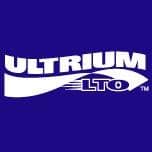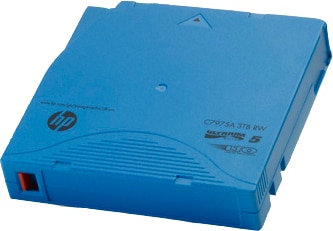Today the LTO Program Technology Provider Companies (HP, IBM, and Quantum) announced new specifications for the LTO Ultrium format generation 7 or LTO-7. The new specifications more than double the capacity per tape cartridge bring the capacity to 15TB (when compressed) up from 6.25TB of the previous generation. And the new specifications have even faster transfer speeds up to 750MB/s or 2.7TB/hour/drive, up from 400MB/s or 1.4TB/hour/drive of the previous generation.
Today the LTO Program Technology Provider Companies (HP, IBM, and Quantum) announced new specifications for the LTO Ultrium format generation 7 or LTO-7. The new specifications more than double the capacity per tape cartridge bring the capacity to 15TB (when compressed) up from 6.25TB of the previous generation. And the new specifications have even faster transfer speeds up to 750MB/s or 2.7TB/hour/drive, up from 400MB/s or 1.4TB/hour/drive of the previous generation.
Though more focus is put on the breakthrough technology with its increasing performance, such as flash, tape storage is still necessary and the technology behind it is also still improving. The technology advancements of generation 7 include: a doubling of read/write heads in an advanced servo format to help achieve higher track density, which means that more data may be written to the same amount of tape within the cartridge. New formulation advancements provide stronger magnetic properties, helping to increase capacity.
Along with the new technology giving the cartridges new performance and capacity, the LTO-7 will keep the previously introduced features such as a partitioning functionality that enabled users to present a tape-based file system with the use of LTFS. And LTO-7 will continue to have support for hardware-based encryption and WORM (Write-Once, Read-Many) functionality.
Availability
The new specifications are available now for licensing by storage mechanism and media manufacturers. More details and an extended roadmap all the way up to generation 10 will be available later this year.
Sign up for the StorageReview newsletter


